Meet Mehr Chand Mahajan and his Notable Judicial decisions
- ByPravleen Kaur --
- 17 Jun 2025 --
- 0 Comments
Justice Mehr Chand Mahajan (1889–1967) was the third Chief Justice of India, serving from January 4, 1954, to December 22, 1954. He was a towering figure in Indian law and politics, known for his incisive judgments, administrative acumen, and pivotal role in shaping modern India during a period of immense transition. Before his Supreme Court tenure, he was notably the Prime Minister of Jammu and Kashmir, playing a decisive part in the state’s accession to India in 1947—a move that had lasting geopolitical consequences.
Early Life and Career
Born in Kangra, Punjab (now Himachal Pradesh), Mahajan was influenced early by his father, an advocate and landholder. He graduated from Government College, Lahore, and completed his law degree in 1912. Mahajan began his legal practice in Dharamsala, then Gurdaspur, and later Lahore, where he rose to prominence as a lawyer and served as President of the High Court Bar Association (1938–1943). He was appointed a judge of the Lahore High Court in 1943 and, after Partition, served on the East Punjab High Court.
Role as Prime Minister of Jammu and Kashmir
In October 1947, at the request of Maharaja Hari Singh, Mahajan became Prime Minister of Jammu and Kashmir. He was instrumental in negotiating the state’s accession to India, ensuring its integration during the turbulent days of Partition. His diplomatic skill and legal expertise were crucial in this historic process.
Judicial Career and Landmark Judgments
Mahajan joined the Federal Court (later Supreme Court) in October 1948 and became Chief Justice in 1954. Over his Supreme Court tenure, he authored 132 judgments and sat on 337 benches, earning a reputation for incisiveness, forthrightness, and a commitment to justice.
1. State of Bombay v. F.N. Balsara (1951)
Justice Mahajan was part of the bench that ruled on the constitutional validity of Bombay’s prohibition laws. The Court held that while the state could regulate alcohol, it could not infringe on fundamental rights beyond reasonable restrictions, thus balancing state interests with personal freedoms.
2. A.K. Gopalan v. State of Madras (1950)
Mahajan contributed a significant dissent in this foundational case on preventive detention. He argued for a broader interpretation of personal liberty under Article 21, foreshadowing later liberal developments in Indian constitutional law.
3. State of Punjab v. Ajaib Singh (1953)
In this case concerning preventive detention, Mahajan’s judgment clarified the scope of state power and the importance of procedural safeguards, reinforcing the rule of law.
4. Romesh Thapar v. State of Madras (1950)
Justice Mahajan was part of the bench that struck down restrictions on press freedom, affirming that free speech and expression are fundamental to democracy. This judgment led to the First Amendment to the Constitution, introducing “reasonable restrictions” on fundamental rights.
5. Boundary and Accession Issues
As a member of the Radcliffe Commission, Mahajan helped define the borders between India and Pakistan, and his judicial work often addressed complex questions of sovereignty, federalism, and minority rights.
Legacy
Justice Mehr Chand Mahajan’s career embodied a rare blend of legal brilliance, political leadership, and public service. His judgments laid foundational principles for constitutional interpretation, civil liberties, and the balance of power between state and citizen. His role in the accession of Jammu and Kashmir and his contributions to the early Supreme Court continue to shape Indian law and governance. Mahajan is remembered as a jurist of courage, vision, and enduring influence.

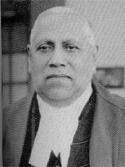












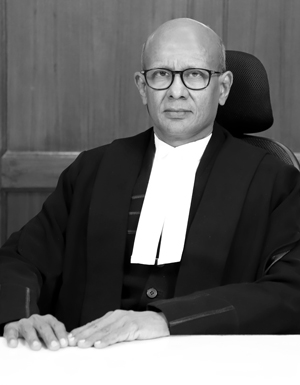







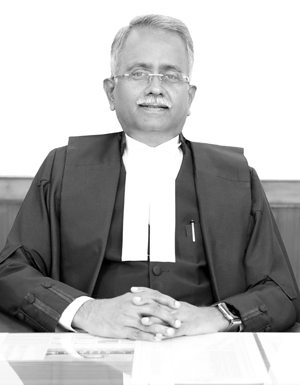













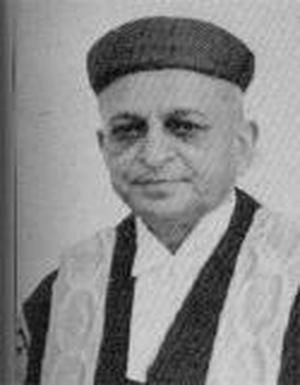
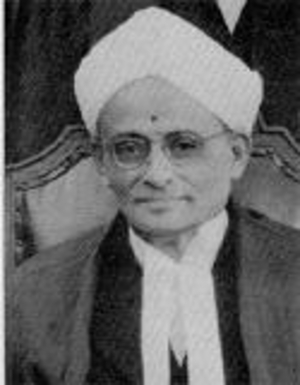
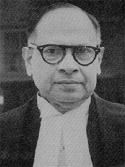
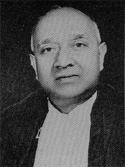

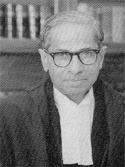
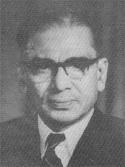
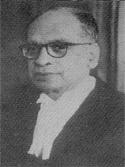
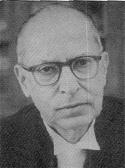

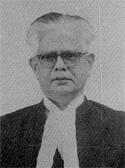




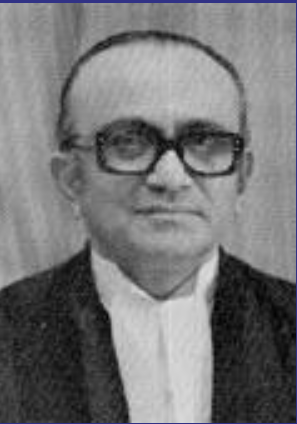

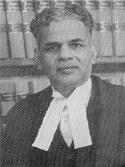
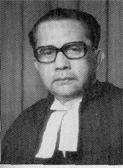
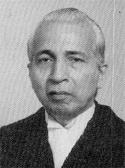
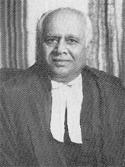
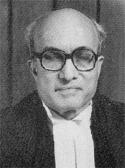

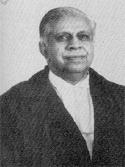



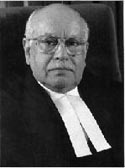






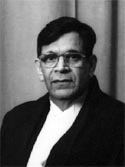


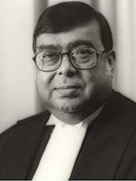






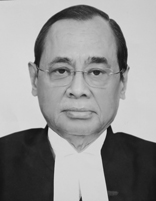





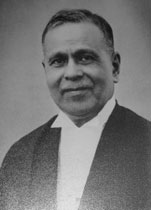
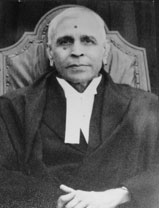

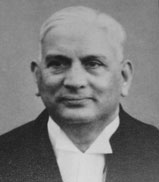
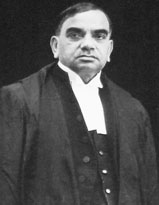

0 comments